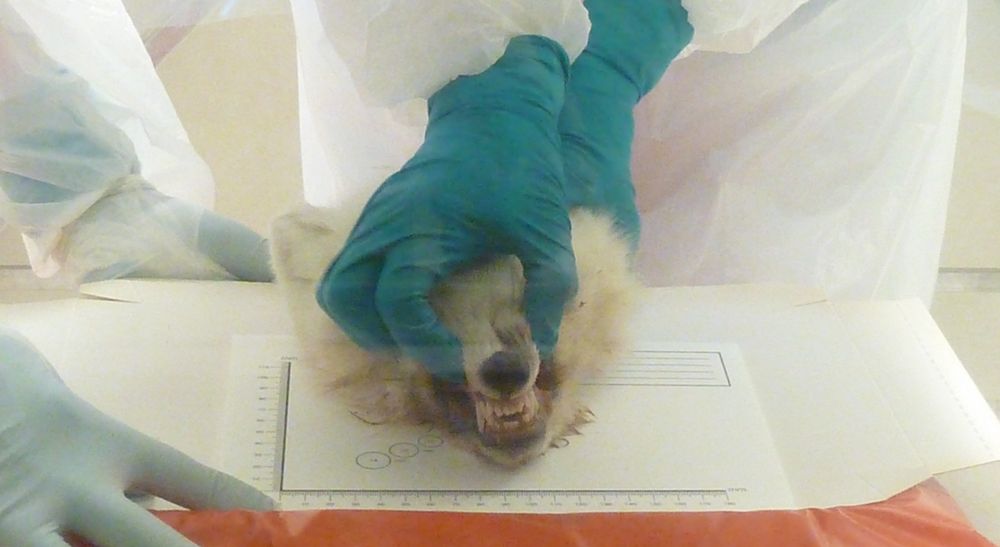Rabies hounds Svalbard’s foxes, reindeer
No-one is sure how rabies gets to Svalbard, but the discovery of a lame reindeer suggests it is back.

Officials in Svalbard say it is too early to declare an outbreak of rabies in the island group, but they are keeping a close watch on developments after putting down a reindeer on Wednesday that showed symptoms of the highly contagious disease.
Concern about whether Svalbard may be on the verge of a rabies outbreak comes after six arctic foxes and a reindeer last year were found to have been infected with the virus.
The results of a test to confirm whether the reindeer shot this week was indeed infected with the rabies virus have yet to be returned, but biologists say it appeared to have become lame, a sign of the illness. (Footage below shows what this looks like.) Its carcass was later burned to prevent a potential spread of the virus.
Mainland Norway has had no reported cases of rabies since 1826. Svalbard which requires all dogs to be vaccinated before arriving in the island group, was also considered free of the virus until 1980, when it was hit by a sudden outbreak.
[Invasive species are still rare in the Arctic — but that could soon change]
A monitoring program put in place in the wake of the outbreak showed extremely low rates of infection; amongst the 800 or so arctic fox carcasses gathered and examined between 1980 and 1999, only a handful were found to have rabies. Three infected reindeer and an infected seal were also identified during that period, but despite continued testing, no more cases were recorded until a 2011 outbreak, when four arctic foxes and ten reindeer were determined to have been infected.
Scientists admit that examining carcasses may miss pockets of the virus in Svalbard’s Arctic fox population, which often makes its habitat in inaccessible areas. Still, they reckon the virus was likely brought to Svalbard by infected arctic foxes travelling across the sea ice, possibly from Greenland or from Russia.
Genetic studies have shown that Svalbard’s arctic fox population has intermixed with Russian foxes, and that the virus the infected animals were carrying bears a resemblance to a strain identified in Russia.
When it comes to rabies, at least, these islands are no island.